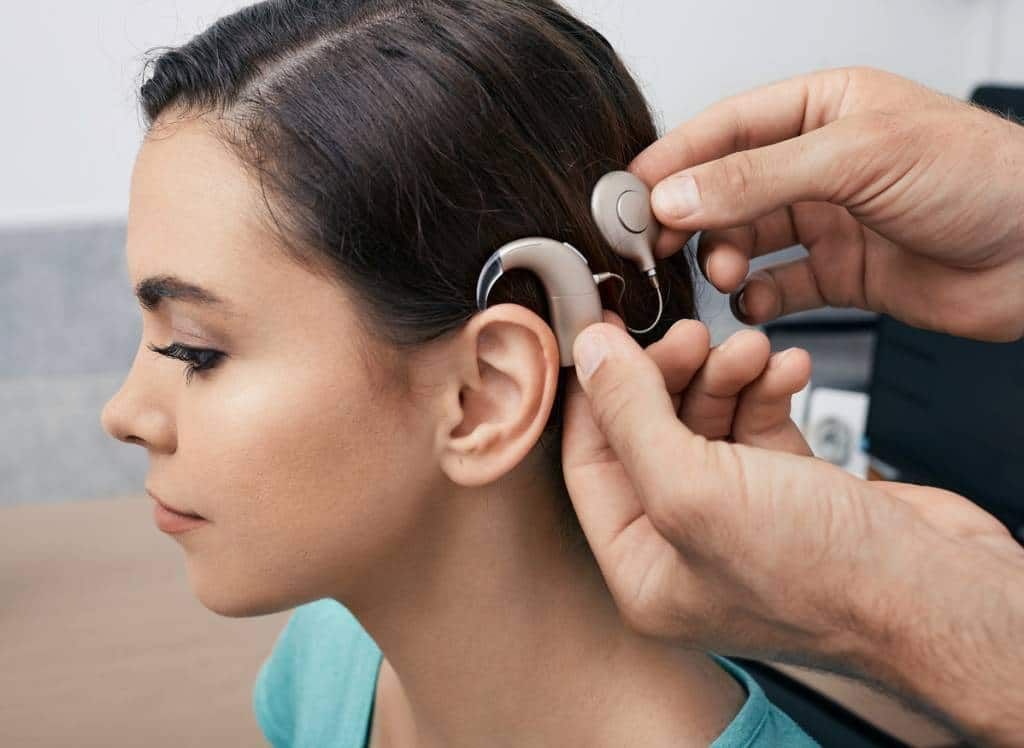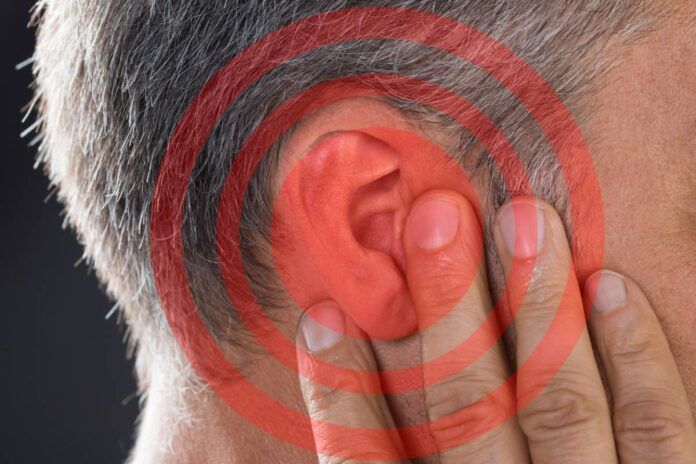The different hearing aids
Hearing aids are devices for the correction of hearing loss’It is a hearing aid for people who are deaf or hard of hearing. The models available vary according to the manufacturer and the specificities of the hearing loss. What are the different types of BTE?’Hearing aids that exist ?
Behind-the-ear hearing aids’ear, an efficient hearing aid
The models of’hearing aid of the BTE type’They are worn on the pinna, on the ear, or on the head’back of the’ear of’This is why it is called BTE (Behind the Ear)’ear). Such as the’It can be seen on seriniti.fr, most hearing aids s are made up of’a more or less discreet case, of various colors and often sealed to the ear like a plug’water. The functioning of the device is based on the activity of the hearing aid’s activity’a built-in microphone that The ear picks up and transforms sound waves into electrical waves.
These are filtered and amplified by an amplifier, then converted into sound waves transmitted by a speaker. The latter carries them to the auditory canal thanks to an elbow connected to a plastic sheath. They are then transmitted to the eardrum of the wearer.
This type of hearing aid’The hearing aid is usually equipped with a wireless connection’a processor and’The main advantage of the BTE hearing aid is that it is equipped with a regulator which is used to adapt the signals and volume to the specific needs of the wearer.
The main advantage of the hearing aid is that it is equipped with a’The ear is ironically linked to the brain’one of its weak points. Indeed, the size of this type of model reduces its discrete character. However, this allows the device to be used as a stand-alone system’have more room for a larger battery, which increases its autonomy and its performance. C’is of’elsewhere what makes them so special’It is the only type of hearing aid available’They are adapted to severe deafness.
Similarly, it allows to’They have more components and therefore more functionalities. Thus, most of the prototypes present on the market have of plates capable of receiving signals d’It can be used with other devices such as radio, television or even a cell phone through a wifi or Bluetooth connection.
In addition to its relatively large size, the’Hearing aid with earhook’The earpiece has two weak points. Indeed, it presents an embarrassment for the wearers of glasses, and its weight can sometimes embarrass the youngest. Its position on the auricle does not allow the wearer to’to ensure the necessary stability to the glasses.
Nevertheless, its quality-price ratio is very satisfactory. Low-end models cost around 500 euros, while the most powerful ones cost around 1,300 euros.

In-the-ear hearing aids, for more discretion
This type of’The hearing aid is worn on the ear’inside the hearing aid’ear. L’The device is a small shell that the user can use to listen to other devices such as the radio, television or even a mobile phone through a wifi or Bluetooth connection’They are inserted in the ear’like a tampon. L’It is often equipped with a cable’a rubber protrusion that facilitates its insertion and removal. The controlôthe functions s’It is usually done through an external remote control connected to the ear canal’device.
The most advanced models are able to connect to the headset’other devices. The wearer can therefore follow a radio or TV program, receive a phone call or even read an audio book directly into the hearing aid.
The advantages of the in-ear prosthesis are as well’s specific needs, both physical and technical. Indeed, it is’is the most elegant model because of its total discretion. It is almost invisible and is ideal for spectacle wearers and athletes.
Also, its position in the headpiece is often equipped with a special earpiece’It allows him to to take advantage of the receptive properties of the pinna. The sound transmitted to the eardrum is therefore natural and of high quality’a better quality.
However, its use depends on the size of the patient’s ear canal. If this one does not’This solution is not suitable for this type of hearing aid’This can only be achieved by digital printing after modeling. As we can s’It is more expensive than the other types of hearing aids. Also, it does not allow for the use of the ear’is recommended only in cases of slight or moderate deterioration of hearing functions (about 60 dB loss).
Its size also does not allow it to have a large ear’a powerful battery. This one must be regularly changed or recharged.
In addition, there are different families of in-ear hearing aids’in-the-ear type hearing aid:
- l’in-ear CIC,
- l’in-ear IIC,
- l’in-the-ear IT,
- l’ITC in-the-ear hearing aid, etc.
These denominations are linked to the characteristics of each model. L’The CIC (Completely In The Canal) hearing aid is the best known and most popular. It s’is inserted entirely in the auditory canal, which makes it almost invisible.
The earmold is often custom-made for the patient so that a larger battery can be used’it fits perfectly.
The ITC (In The Canal) model is relatively more voluminous. Nevertheless, its autonomy is better because’it is equipped with’A larger battery. On the other hand, the’The IIC is the smallest of all. It is therefore the most discreet.
Its earmold is so small that it is not possible to fit it in the ear canal’It is almost impossible to see it in the ear’œit naked. Even patients with short hair can wear it easily without the need for an earpiece’it is seen. Finally, the IT version of in-ear hearing aids is the most popular the most robust and easy to handle.
It is particularly suitable for elderly people who want an in-the-ear model.
The micro BTE’A hearing aid adapted to all profiles
L’micro BTE hearing aid with a remote earpiece has almost the same characteristics as the ITC BTE’ear BTE. The fundamental difference lies in the connection between the housing behind the hearing aid and the ear canal’ear, and the’in-ear monitor. In the case of the CIC micro BTE’In the case of the micro BTE, this connection is provided by a wire connected to an earphone inserted in the ear canal. It is therefore more airy, because the sheath is not too thick’does not obstruct the ear canal.
This type of hearing aid is’combines performance and discretion thanks to this particularity. It allows, among other things, to correct hearing losses of up to 10 dB’at 80 dB.
Beyond this value, it will be necessary to adapt a special earmold to it. Also, the acoustic signals produced are directly delivered by the’The micro earpiece installed in the ear canal. This improves the quality of hearing’listening, even within the ear canal’a noisy environment of’especially since its anti-larsen system is more efficient than that of the classic BTE.
C’This is what makes it’it is suitable for both children and adults’for the elderly. The most efficient models can even be used in a filter and calibrate sound signals even in a complex environment such as’a soccer stadium. They can also be equipped with advanced features such as Bluetooth connectivity.
However, this type of model does not have the same characteristics as the BTE’It is not recommended for severe hearing loss’hearing. It is used for the drops of the’Light and moderate hearing. Its discretion is also limited compared to the in-the-ear device. In fact, the connecting wire is always visible, especially if the wearer has short hair. There is also a certain discomfort compared to the port of glasses.
It does not’It is not as pronounced as for the BTE, but it is present in some people. Finally, its handling requires attention and dexterity. The wire is sometimes fragile and can break in case of sudden movements.
L’The earphone can also stop working in case of a sudden fall or violent contact with a hard surface.
